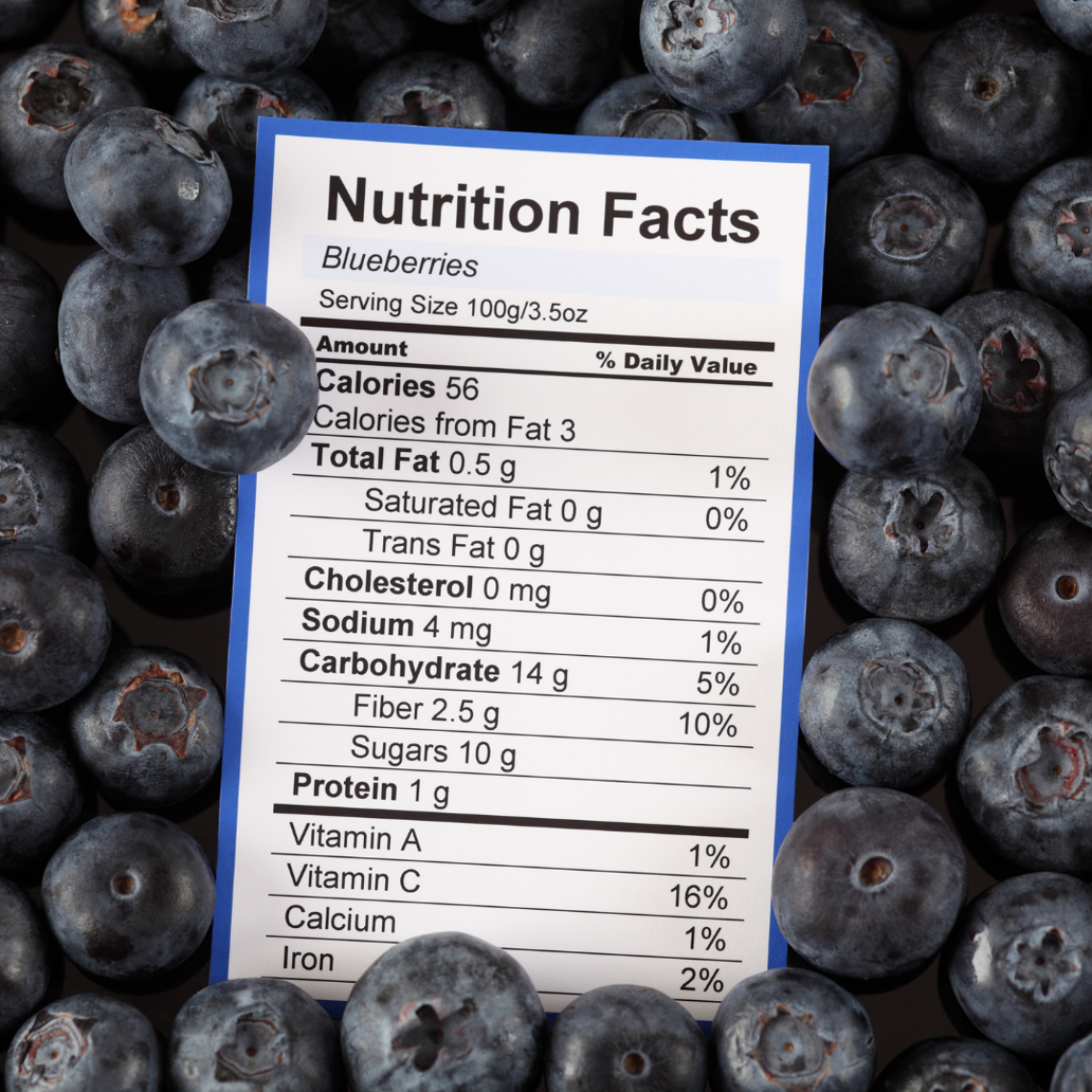How To Read A Food Label

Nutrition labels.
There is a lot of information on nutrition labels, some wonder: what is the most important part to read? First off, there is a lot of error and guess work when it comes to nutrition labels. The development of the food label is fairly new as well, it was made a requirement in the 1990s and appeared on shelves in 1994, then updated in 2016. The updated label was revised to be a little easier to read and highlight certain areas like "added sugar" and increasing the size and font of the calories.
Let's breakdown what is on a label and of use.
First up, Calories.
Calories are a unit of energy. We need energy to support life of the human body. The calories on a food label are the estimated energy of that food, and is made up of a variety of nutrients to get to the total calories, which is what you see at the top of a food label. The calories are per serving size and the number of servings in the entire package/container, is usually also listed. This section can be used as a guide of what portion of food to start with, or just as information, it should not be used as a way of restricting or limiting what you are hungry for. Calorie content in foods is NOT an indicator of how healthy or unhealthy the food is for you.
Percent Daily Value (DV).
This value tells you what percentage of a specific nutrient you will get in a serving based on a 2,000 calorie diet. You likely don't eat exactly 2,000 calories every day or more than 100% DV of a specific nutrient. These values are best used to tell you if an item is “high” or “low” in a specific nutrient. Low is 5% or less and high is 20% or more. So, for example if an 8oz glass of milk has 20% Calcium, this is considered a food "high in calcium".
What can be helpful on a label.
If you are looking to up your fiber intake, fiber is a great thing to look at on a nutrition label. This might help you choose between two types of cereal or bread even. If you want more fiber in your diet, bread can be a great source, looking how much you get per slice is a nice way to incorporate fiber simply. Here is a fun article about fiber if you are interested in learning more.
Ingredient List.
When it comes to ingredients, these are also listed on labels. Ingredients are listed in descending order, which means that the 1st ingredients listed are most prevalent in the product. This area might be helpful if you are looking for ingredients that you are allergic or sensitive to.
The bottom line.
Nutrition labels are not perfect. They can be a good starting point but your personal needs are what can help guide you as well. If you are hungrier than one serving size, not to worry, that happens. Calories in, calories out is a very flawed notion. It can be helpful to know how to navigate a food label and important to consider that bodies are dynamic and just because something says it is x-amount of calories doesn't mean that is how much your body is going to be able to absorb and utilize. For more on that

